What are the requirements for biofloc?
Struggling with traditional fish farming's high costs and pollution? Biofloc offers a sustainable solution, but its specific requirements can seem complex. Let's simplify them together.
Biofloc technology requires a controlled environment with specific materials, suitable fish species, and precise water parameters. Key elements include a carbon source, proper aeration, and consistent monitoring to maintain the microbial community.
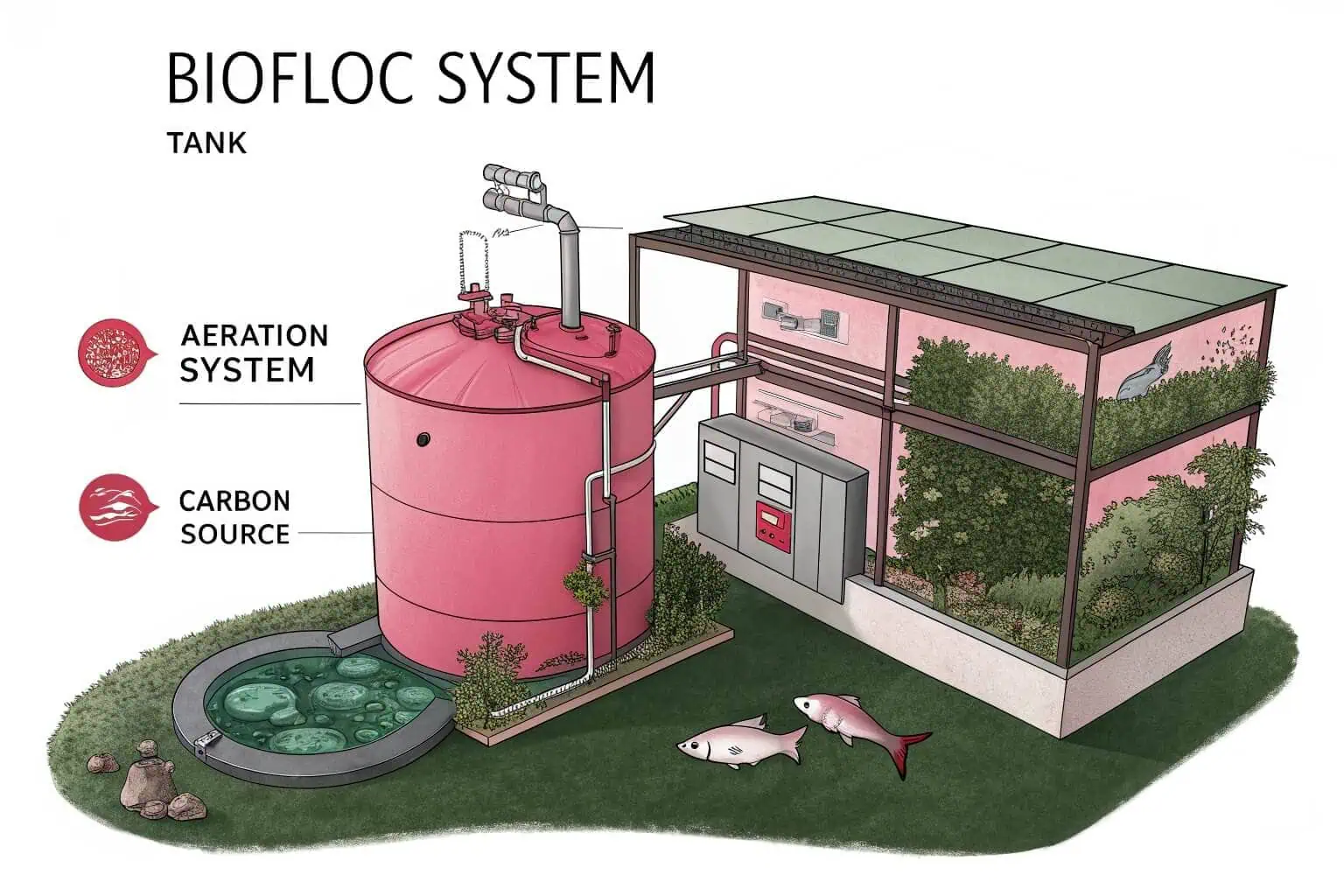
As someone deeply involved in the aquaculture industry, I've seen many farmers hesitate to adopt new technologies because they fear the unknown. Biofloc is no exception. It promises higher yields and sustainability, but the initial setup can feel daunting. In this article, I'll break down the essential requirements for a successful biofloc system, drawing from my experience to guide you through each step. Let's explore how you can make this revolutionary technology work for you.
What are the materials required for biofloc fish farming?
Wondering what you need to start a biofloc farm? The list of materials can seem long, but getting the right equipment from the start is crucial for success.
Essential materials for biofloc include a durable tank, an aeration system (like blowers and diffusers), a carbon source (like molasses), testing kits for water quality, and a reliable power backup. These components work together to create a stable environment.
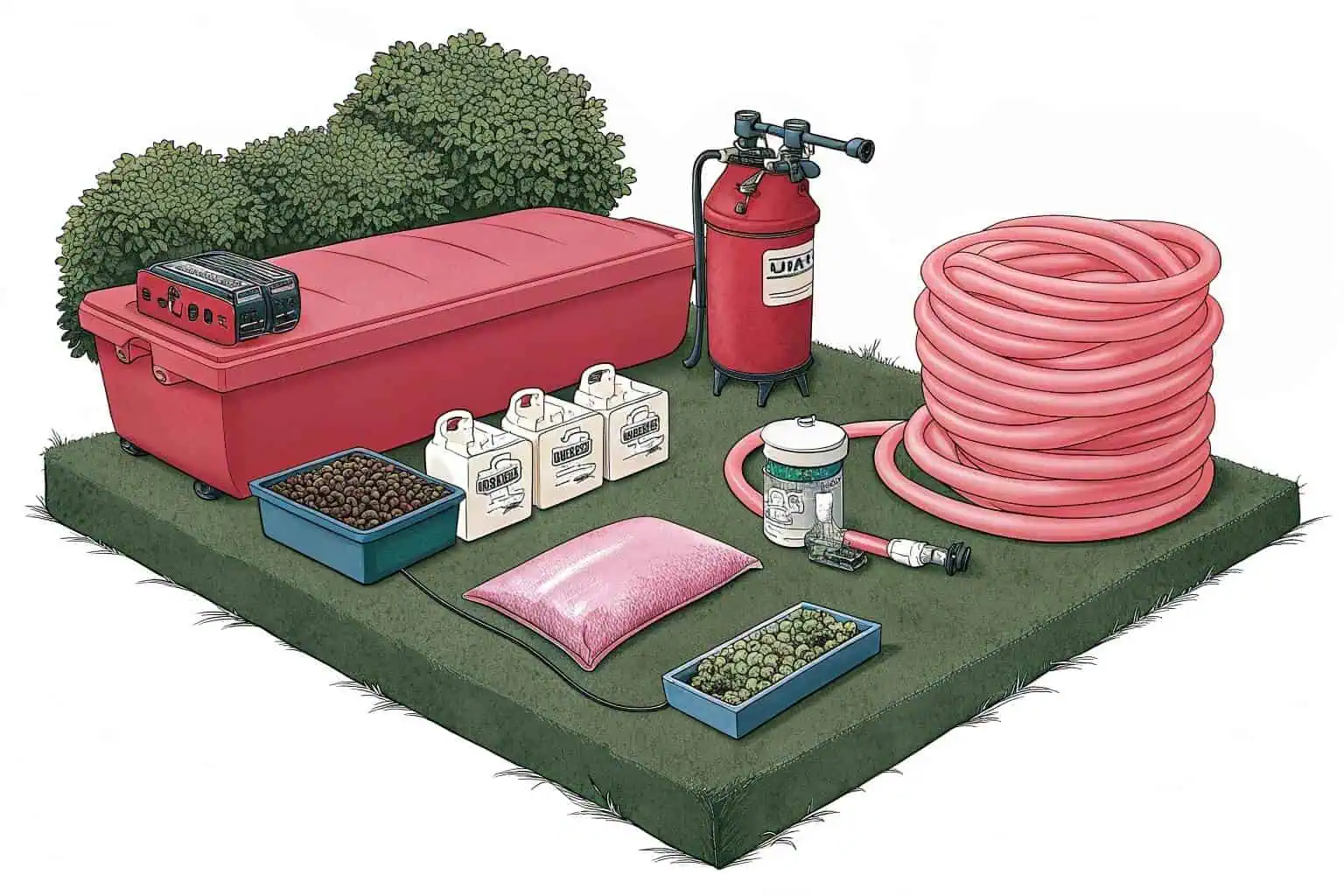
When I first started consulting on biofloc systems, many clients were surprised by the emphasis on non-obvious items like a consistent power supply. A power outage can wipe out your entire stock in hours if the aeration stops. It's not just about the tank and the fish; it's about creating a complete life-support system1. The initial investment in quality materials pays off in the long run by preventing costly failures. Let's dive deeper into the specific components you'll need.
The Tank: Your Foundation
The tank is the most visible part of your setup. At Bancy, we provide various options like collapsible PVC tanks2, which are excellent for their flexibility and ease of installation. Whether you choose a galvanized pipe tank for its robustness or a plastic one for its lightweight nature, ensure it's non-toxic and durable. The size will depend on your production goals, but it's vital that the material doesn't leach harmful chemicals into the water.
Aeration and Carbon: The Engine
Aeration is the heart of a biofloc system. It supplies oxygen for the fish and keeps the floc suspended. You'll need an air blower and a network of diffusers to distribute oxygen evenly. The carbon source, such as molasses or tapioca flour, is the fuel for the beneficial bacteria that form the floc. The carbon-to-nitrogen ratio3 is critical, and you'll need to add the carbon source regularly to maintain it.
Monitoring and Backup: Your Insurance
You can't manage what you don't measure. Water quality testing kits for pH, ammonia, nitrite, and alkalinity are non-negotiable. Regular testing allows you to make timely adjustments. Finally, a generator or another form of power backup is your insurance policy. I've seen too many promising projects fail because of a simple power cut. Don't let that be you.
| Material Category | Key Items | Purpose |
|---|---|---|
| Containment | Tank (PVC, Galvanized, Plastic) | To hold the water and fish securely. |
| Life Support | Air Blower, Diffusers, Tubing4 | To provide oxygen and keep floc suspended. |
| Microbe Fuel | Carbon Source (Molasses, Sugar) | To feed bacteria and maintain C:N ratio. |
| Monitoring | Test Kits (pH, NH3, NO2)5, Imhoff Cone | To measure water parameters and floc volume. |
| Contingency | Backup Generator, Uninterruptible Power | To ensure continuous operation during power loss. |
Which fish is suitable for biofloc?
Choosing the right fish is a critical decision for any biofloc farmer. Not all species thrive in this high-density, microbe-rich environment. Making the wrong choice can lead to poor growth and financial loss.
Fish species that tolerate high stocking densities and are resistant to poor water conditions are ideal for biofloc. Tilapia, shrimp (like Penaeus vannamei), and catfish are among the most popular and successful choices for this system.
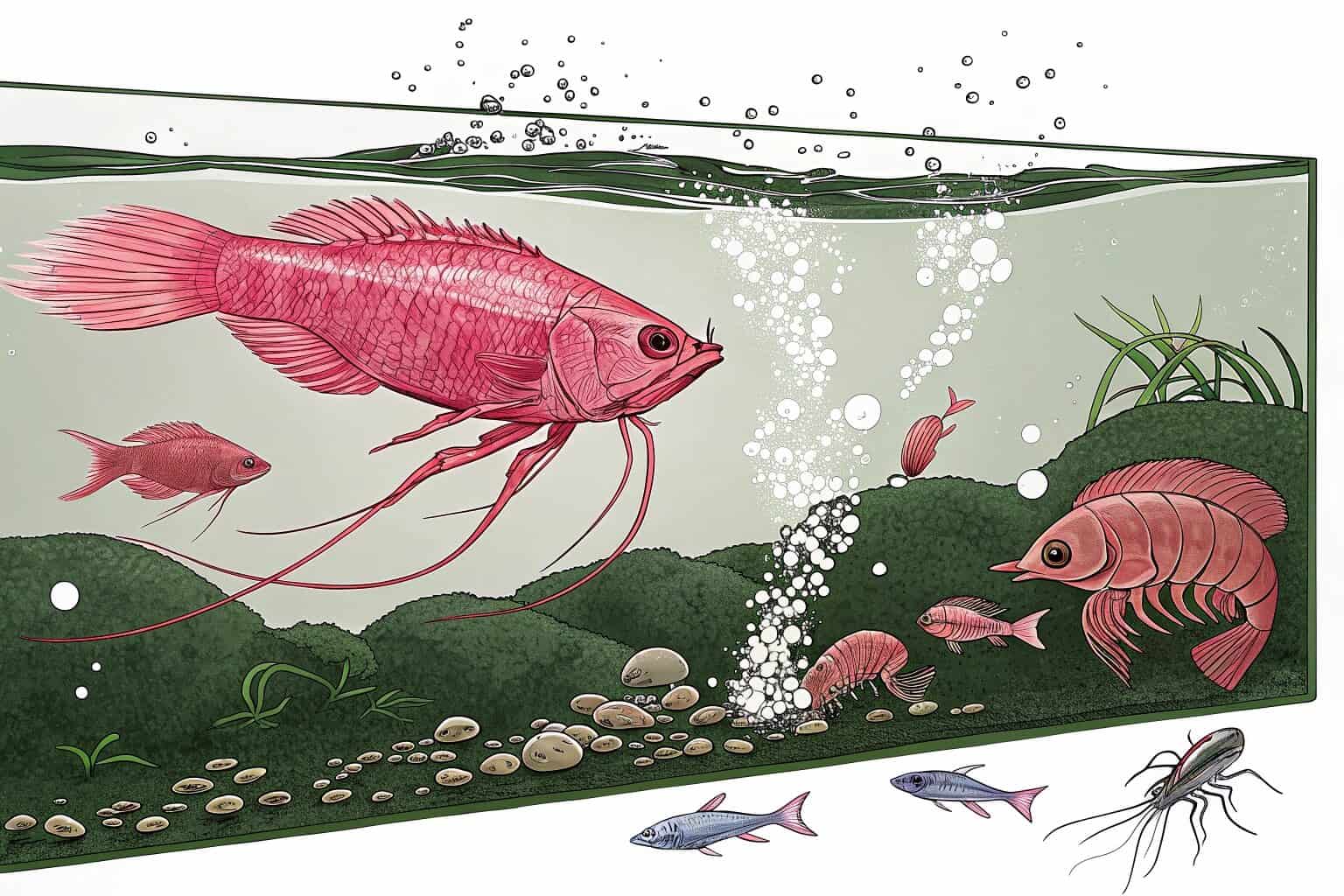
From my experience, the success of a biofloc farm often hinges on this choice. I once worked with a farmer who tried to raise a sensitive species in a biofloc system, and the results were disastrous. The fish couldn't handle the dense floc environment. That's why I always advise starting with a proven species6. Tilapia, for instance, is incredibly hardy and can actually consume the floc, reducing feed costs. Let's look at the characteristics that make a species suitable for biofloc.
Tolerance is Key
The ideal biofloc fish must be able to withstand fluctuations in water quality, especially lower dissolved oxygen levels7 that can occur temporarily. They should also be comfortable in crowded conditions. Species that are naturally schooling or bottom-dwelling often adapt well. This tolerance reduces stress and the risk of disease outbreaks, which can be devastating in a high-density system.
Feeding Habits Matter
One of the biggest advantages of biofloc is the supplemental nutrition provided by the microbial floc. Therefore, species that are omnivorous or detritivorous, meaning they can consume the floc particles, are excellent candidates. This not only improves their growth rate but also significantly lowers the feed conversion ratio (FCR)8, directly impacting your profitability. Tilapia and shrimp are prime examples of species that actively graze on the floc.
Market Demand and Growth Rate
Finally, practical considerations like market demand9 and growth rate are crucial. You need to raise a species that you can sell at a good price. A fast growth cycle10 means you can have more harvests per year, maximizing the productivity of your facility. Catfish and certain carp species are popular for their rapid growth and established market presence.
| Species | Key Advantages | Considerations |
|---|---|---|
| Tilapia | Very hardy, consumes floc, fast growth, high demand. | Can reproduce quickly, requiring management. |
| Shrimp | High market value, well-suited for floc systems. | More sensitive to disease than tilapia. |
| Catfish | Tolerant of poor water, fast growth, good market. | Can be aggressive, requires careful stocking. |
What are the water parameters for biofloc fish farming?
Maintaining stable water quality is the most challenging part of biofloc farming. If parameters swing wildly, your microbial community will crash, followed quickly by your fish stock. It's a delicate balancing act.
Key water parameters for biofloc include a stable pH (7.5-8.5), zero ammonia and nitrite, high alkalinity (100-150 ppm), and sufficient dissolved oxygen (>5 mg/L). Consistent monitoring and management of these factors are essential for success.
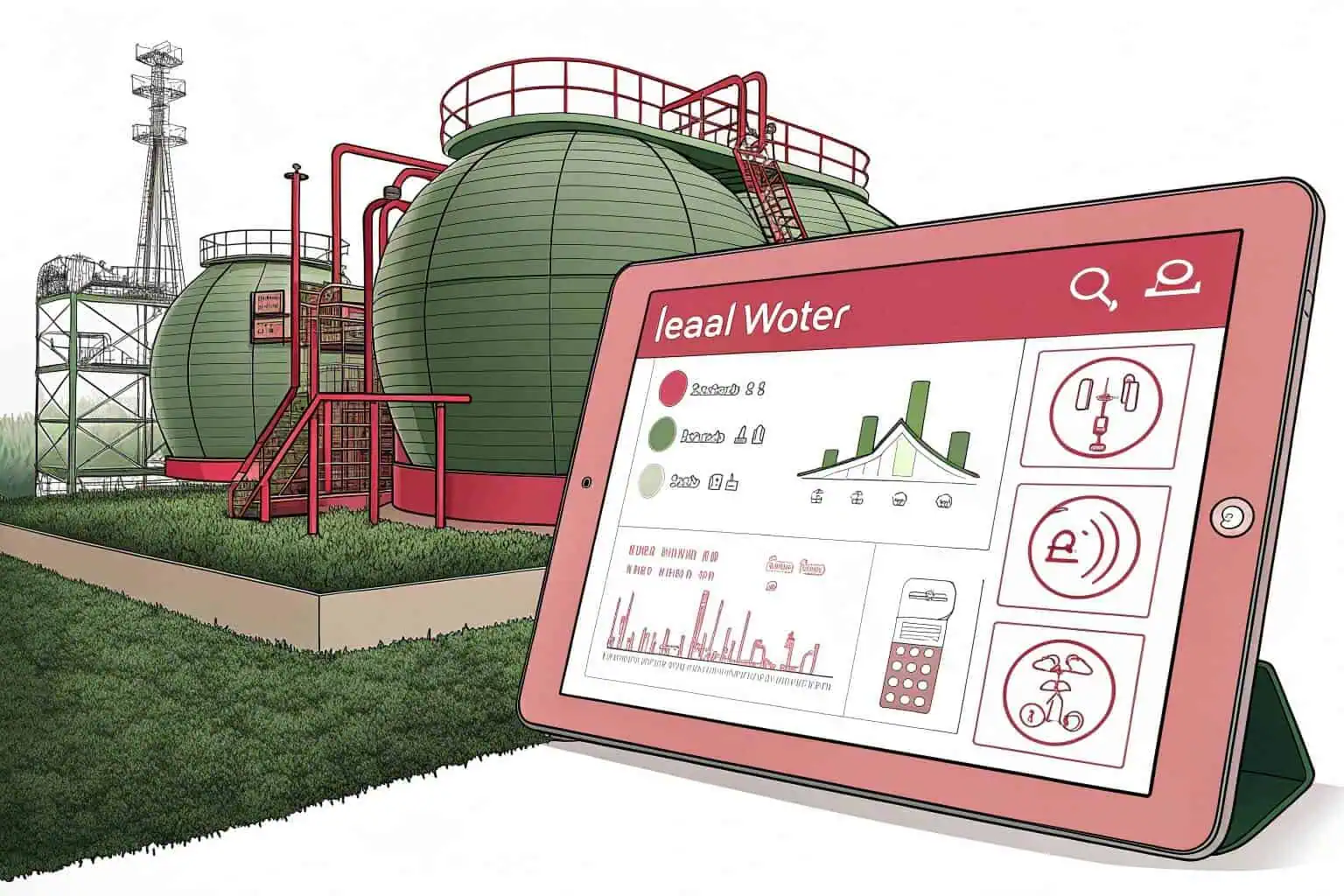
I always tell new biofloc farmers to think of themselves as microbe managers11 first and fish farmers second. If you keep the bacteria happy, the fish will thrive. This means daily testing and being prepared to act. For example, adding lime to raise alkalinity or adjusting your carbon dosage. It's a proactive approach, not a reactive one. Let's break down the most critical parameters you need to control.
The pH and Alkalinity Buffer
pH and alkalinity are linked. The nitrification process12 in a biofloc system naturally produces acid, which lowers both. Alkalinity acts as a buffer, preventing drastic pH swings. I recommend keeping alkalinity above 100 ppm by adding sodium bicarbonate or agricultural lime as needed. A stable pH is crucial for minimizing fish stress and ensuring the health of your microbial floc.
Nitrogen Compounds: The Silent Killers
Ammonia and nitrite are highly toxic to fish. In a mature biofloc system, beneficial bacteria should convert these compounds to nitrate, which is much less harmful. Your goal is to keep ammonia and nitrite levels at or near zero. If you see a spike, it's a sign that your system is out of balance. This could be due to overfeeding or an issue with your carbon-to-nitrogen ratio13.
Dissolved Oxygen and Floc Volume
Dissolved oxygen (DO) is vital. The dense population of fish and microbes consumes a lot of oxygen, so continuous aeration is a must. Aim for a DO level above 5 mg/L. You also need to monitor the volume of your floc using an Imhoff cone. A healthy system typically has a floc volume14 of 10-15 ml/L. Too little floc means your water isn't being treated effectively, while too much can clog the gills of your fish.
| Parameter | Ideal Range | Importance |
|---|---|---|
| pH | 7.5 - 8.5 | Affects fish metabolism and microbial activity. |
| Alkalinity | 100 - 150 ppm | Buffers against pH drops from nitrification. |
| Ammonia (NH3) | < 0.01 ppm | Highly toxic to fish, indicates system imbalance. |
| Nitrite (NO2)15 | 5 mg/L | Essential for fish and microbial respiration. |
Does biofloc need sunlight?
Many aspiring farmers ask me if their biofloc tanks need to be in direct sunlight. It's a common point of confusion, as people often associate aquatic life with sunlight. The answer, however, might surprise you.
No, biofloc systems do not require sunlight. In fact, it's often better to limit direct sunlight. The system is based on a heterotrophic bacterial community, not algae, so light is not needed for the primary biological process.
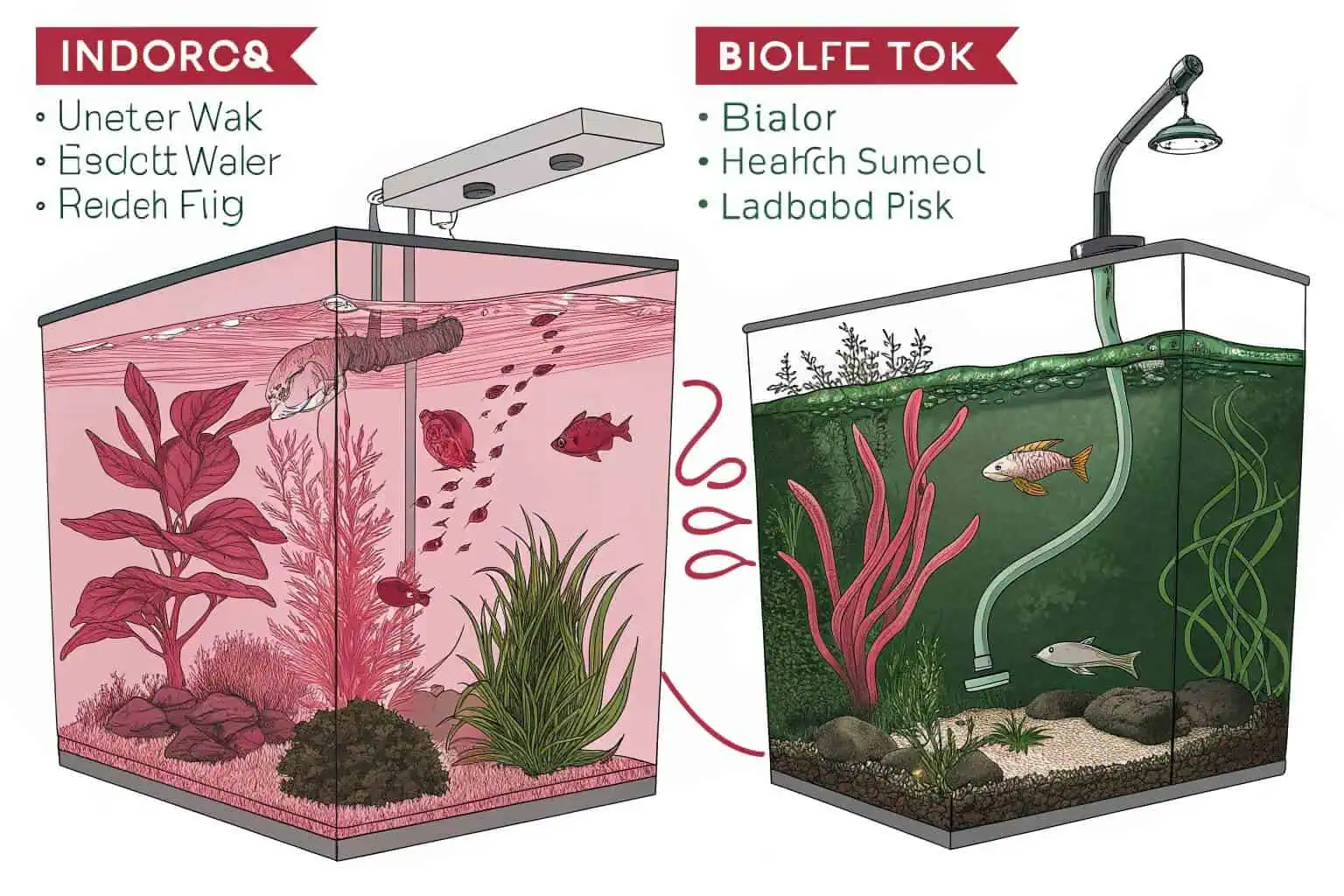
I've designed and overseen both indoor and outdoor biofloc systems. While outdoor systems can work, they introduce a variable that's hard to control: algae. Sunlight promotes algal blooms16, which can compete with your beneficial bacteria, cause pH swings, and consume oxygen at night. By controlling or eliminating sunlight, you create a more stable, predictable, bacteria-dominated system, which is the entire point of biofloc. Let's explore why this is the case.
Heterotrophic vs. Autotrophic Systems
Biofloc is primarily a heterotrophic system17. This means it's driven by bacteria that get their energy from consuming organic carbon (the molasses or sugar you add), not from light. In contrast, an algae-based system is autotrophic, relying on photosynthesis. While some algae will inevitably be present in an outdoor biofloc tank, you don't want them to become the dominant organism. Controlling light helps ensure the heterotrophic bacteria remain in charge.
The Problem with Algae
Uncontrolled algal blooms18 can cause serious problems. During the day, they photosynthesize and produce oxygen, which seems good. But this can also cause the pH to spike to dangerously high levels. At night, the algae respire, consuming large amounts of oxygen and potentially causing a DO crash that can kill your fish. This day-night swing in pH and oxygen creates an unstable environment, which is the opposite of what you want in a high-density culture system.
The Benefits of a Controlled Environment
By setting up your biofloc system indoors or under a shade structure, you gain several advantages. You prevent the growth of unwanted algae, leading to more stable water parameters. You also have better control over temperature, which is another critical factor for both fish and bacterial health. This level of control is why many commercial-scale biofloc operations are housed in greenhouses or dedicated buildings. It leads to more consistent and reliable production.
| Factor | Sunlight (Uncontrolled) | Shade/Indoor (Controlled) |
|---|---|---|
| Primary Organism | Mix of bacteria and algae (unstable)19 | Dominated by heterotrophic bacteria (stable)20 |
| pH Swings | High risk of large daily fluctuations. | Minimal fluctuations, more stable environment. |
| Oxygen Levels | Risk of nighttime crashes due to algae respiration. | More consistent, managed entirely by aeration. |
| System Control | Less predictable, influenced by weather. | Highly predictable and manageable. |
Conclusion
Biofloc farming, with its specific requirements for materials, species, and water management, offers a sustainable and highly productive path forward. Success lies in understanding and controlling these key elements.
-
Exploring resources on building a complete life-support system will enhance your knowledge and ensure the success of your biofloc project. ↩
-
Explore this link to understand why collapsible PVC tanks are a flexible and easy-to-install option for your setup. ↩
-
Exploring the significance of the carbon-to-nitrogen ratio can enhance your knowledge of nutrient management in aquaculture. ↩
-
Explore this link to find top-rated air blowers and diffusers that enhance oxygen supply in aquaculture systems. ↩
-
Discover expert recommendations on water test kits to ensure optimal water quality for your aquatic life. ↩
-
Exploring proven species will help you make informed choices for your biofloc farm, ensuring better growth and sustainability. ↩
-
Understanding the impact of dissolved oxygen levels is crucial for maintaining fish health in biofloc systems. ↩
-
Learn about FCR's impact on aquaculture to optimize your feeding strategies and improve profits. ↩
-
Exploring market demand analysis can guide your species selection and ensure better sales opportunities. ↩
-
Understanding the advantages of a fast growth cycle can help optimize your aquaculture operations and increase profitability. ↩
-
Understanding the role of microbe managers is crucial for successful aquaculture. Explore this link to enhance your knowledge. ↩
-
Understanding the nitrification process is essential for maintaining a healthy biofloc system and ensuring optimal fish growth. ↩
-
Exploring the carbon-to-nitrogen ratio will provide insights into optimizing your fish farming practices for better yields. ↩
-
Measuring floc volume is essential for effective water treatment and fish health; learn the best practices here. ↩
-
Understanding nitrite's impact is crucial for maintaining a healthy aquatic environment and ensuring fish well-being. ↩
-
Learning about algal blooms helps in managing water quality and maintaining the balance in aquatic ecosystems. ↩
-
Understanding heterotrophic systems is crucial for optimizing biofloc technology in aquaculture. ↩
-
Understanding the impact of uncontrolled algal blooms is crucial for maintaining healthy aquatic environments. ↩
-
Understanding the dynamics of bacteria and algae can help in managing aquatic ecosystems effectively. ↩
-
Exploring the role of heterotrophic bacteria can provide insights into maintaining stable aquatic systems. ↩